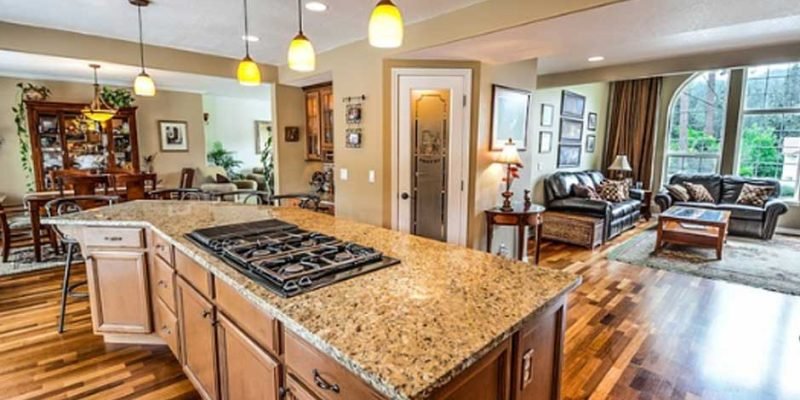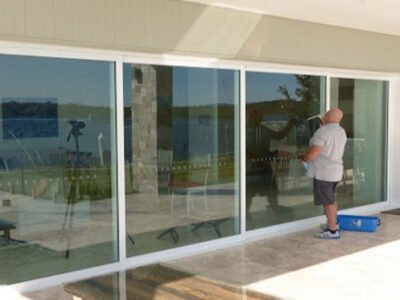Open concept design has steadily risen to prominence as a favored choice among homeowners, architects, and interior designers alike, celebrated for its ability to create a sense of expansiveness and fluidity. This design principle, which integrates various living spaces into one unified area, fundamentally transforms how we understand and interact with our residential environments. With walls and barriers eliminated or significantly reduced, open concept designs offer a spacious, versatile, and connected living experience that aligns perfectly with the evolving lifestyle needs of modern society.
Effectively implementing an open concept design is not simply about tearing down walls. It requires careful thought and strategic planning to ensure that the resulting space is not only aesthetically pleasing but also functional and comfortable. Whether you are a homeowner contemplating a remodel, an architect seeking fresh inspiration, or just a design enthusiast eager to understand current trends, this article will discuss open concept design strategies and will offer valuable insights and guidance.
Core Principles of Open Concept Design
Open concept design is rooted in a set of core principles that help ensure cohesiveness, functionality, and visual appeal in the absence of traditional walls and separations. The first of these principles is the concept of balance and harmony. In an open concept space, each area must work in harmony with the others, both in terms of function and aesthetics. This means selecting furniture, color palettes, and design elements that complement each other throughout the space. It doesn’t mean that every area must be identical, but rather that they should share a similar design language to create a unified whole.
The second crucial principle is functional zoning. Even in an open plan layout, it’s essential to establish distinct zones for different activities, such as cooking, dining, relaxing, and working. This can be achieved by careful placement of furniture, use of area rugs, or subtle changes in lighting or ceiling height. Strategic zoning not only helps to make the space more functional, but also contributes to its visual structure, preventing it from appearing chaotic or overwhelming. Remember, the ultimate goal of open concept design is to create a space that feels cohesive and connected, yet still provides clear, comfortable areas for different tasks and activities. This balance between openness and function is a vital aspect of successful open concept design.
Practical Strategies for Implementing Open Concept Living
Implementing an open concept design might seem like a daunting task, but with a few practical strategies, you can create a space that is both visually appealing and functional. One such strategy involves using color and material to unify spaces. Consistency in the use of color schemes and materials can make the space look cohesive and harmonious. For example, using a consistent color palette throughout the space can tie different areas together. Similarly, using the same type of flooring across all zones can enhance the flow and continuity.Your interior designer can assist in finding the best additions that fit your personality and unique taste.
Another useful strategy is the strategic placement of furniture. Furniture can act as a subtle divider between different zones without interrupting the open feel. For instance, a large sectional sofa can help delineate the living area from the dining area. Incorporating versatile or multi-functional pieces can also add to the functionality of the space. An ottoman, for example, can serve as a coffee table, extra seating, or storage. Lighting, too, plays a critical role in defining zones. Different types of lighting fixtures and lighting levels can create a different mood and purpose for each zone. Remember, the goal is to maintain a balance between openness and clear definition of spaces. With these strategies, you’ll be well on your way to creating a successful open concept design that’s both beautiful and practical!
Solutions for Open Concept Design Challenges
Despite the many advantages of open concept floor plans, there are also challenges that homeowners often face when implementing this style. One of the main concerns is privacy, as open concept designs lack the traditional doors and walls that separate spaces. Noise can also be an issue, as sound can easily travel without barriers. Moreover, maintaining a tidy and organized look can be tricky as clutter in one area can affect the overall appearance of the entire space.
These challenges are not insurmountable and with clever solutions, can be easily managed. To address privacy concerns, you can use room dividers, tall plants, or open shelving units to create subtle separations between spaces. These provide a sense of privacy without compromising the open feel of the design. As for noise control, consider incorporating soft furnishings like rugs, curtains, and upholstered furniture into your design. These items can help absorb sound and reduce echo. And when it comes to organization, built-in storage solutions and a well-planned layout can go a long way in keeping clutter at bay. Open concept design might come with its own set of challenges, but with these thoughtful solutions, you can enjoy a space that’s open, functional, and uniquely yours.
To wrap it up, open concept design offers a fresh, adaptable approach to living spaces, marrying form and function in exciting ways. The strategies and tips discussed in this article will help you navigate its challenges, making your journey towards a more open and harmonious home a rewarding one. With thoughtful planning, you can create an open concept space that is not only stylish and modern, but also caters to your unique lifestyle needs.














Comments